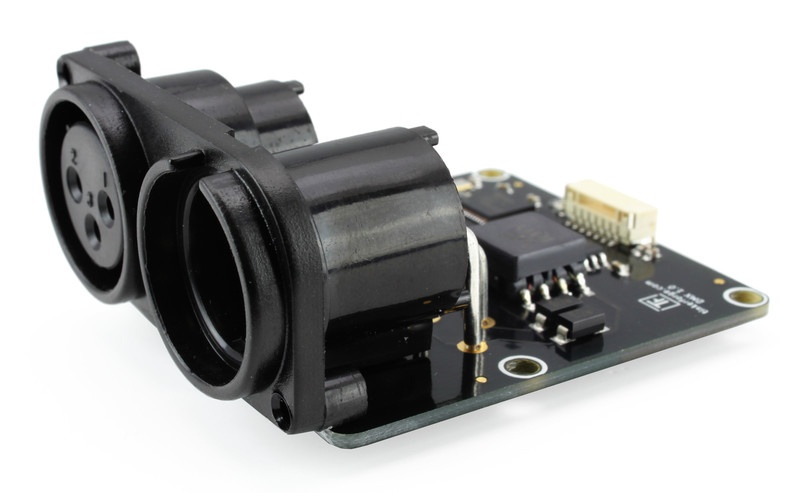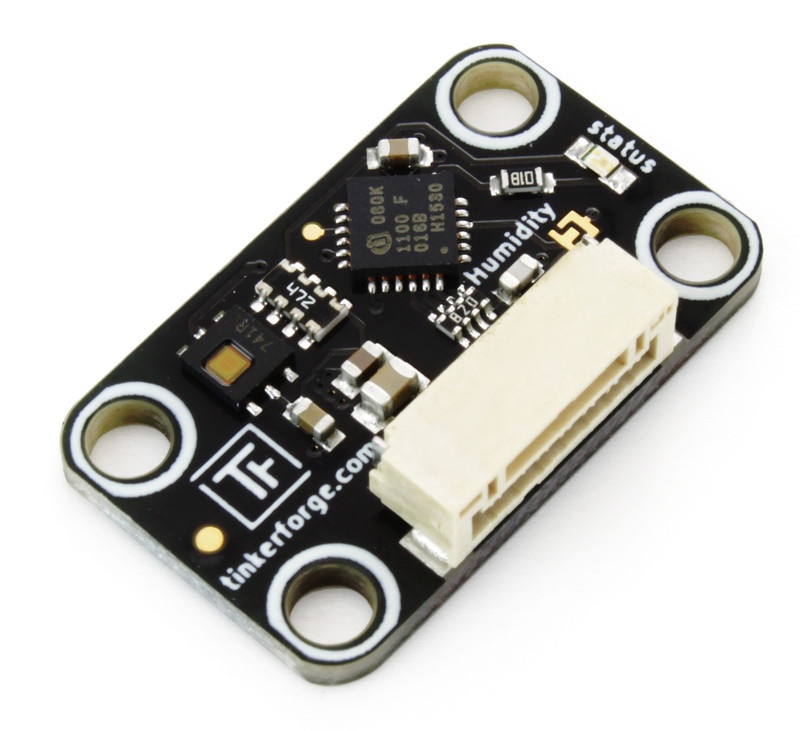
Today we want to introduce the last two of our new Bricklets: The RGB LED Matrix Bricklet and the Thermal Imaging Bricklet.
The blog entries for the other Bricklets can be found here:
RGB LED Matrix Bricklet
The RGB LED Matrix Bricklet is equipped with 8x8=64 WS2812B RGB LEDs. Each RGB LED has three single LEDs (red, green and blue) that can each be controlled with a 8-bit value. The API allows for a control rate of up to 120Hz. If you turn all of the LEDs to their maximum intensity, the power supply needs 5V with at least 4A. You can find an appropriate power supply in our shop.
Thermal Imaging Bricklet
(Longer Video at Youtube: https://www.youtube.com/watch?v=xb44krsgmaM)
The Thermal Imaging Bricklet is our new favorite Bricklet. It is equipped with a 80x60 pixel thermal imaging camera. The camera does have a radiometry function, i.e. you can read actual temperatures with the camera. To do this the Bricklet has a so called "Temperature Image Mode". In this mode each pixel corresponds to one temperature measurement. The temperatures have 16-bit resolution and a measurement range of -273°C-381°C or -273°C-6279°C. The resolution is 0.01°C for the small range and 0.1°C for the bigger range. There temperature measurements can be used for monitoring (predictive maintenance etc). Alternatively the Bricklet has the a "High Contrast Image Mode". In this mode the camera calculates temperature distributions (cluster) und divides the measured temperatures into 256 cluster. For each pixel you get the cluster number. To make an image out of this data you can use a function that gives each cluster a color. A typical thermal imaging camera uses a mapping that has black/blue colors for cold temperatures and red/yellow/white colors for hot temperatures. You can see an example of this in the video above. The Brick Viewer offers different mappings.
This means that there are no temperature information anymore in the High Contrast Image. Because of this you can also define a spotmeter. The spotmeter provides a maximum, minimum and average temperature value of a user definable image region. All of this settings can be controlled through the API. You can find more information about tempertures, image modes, spotmeter etc in the API documentation.
Since the Bricklet can be used like any other Bricklet in the system of building blocks, you can use it as a USB thermal imaging camera. Together with the WIFI Extension or the Ethernet Extension you can also easily build your own network capable thermal imaging camera. We are excited to see what kind of thermal imaging projects our customers will come up with!



